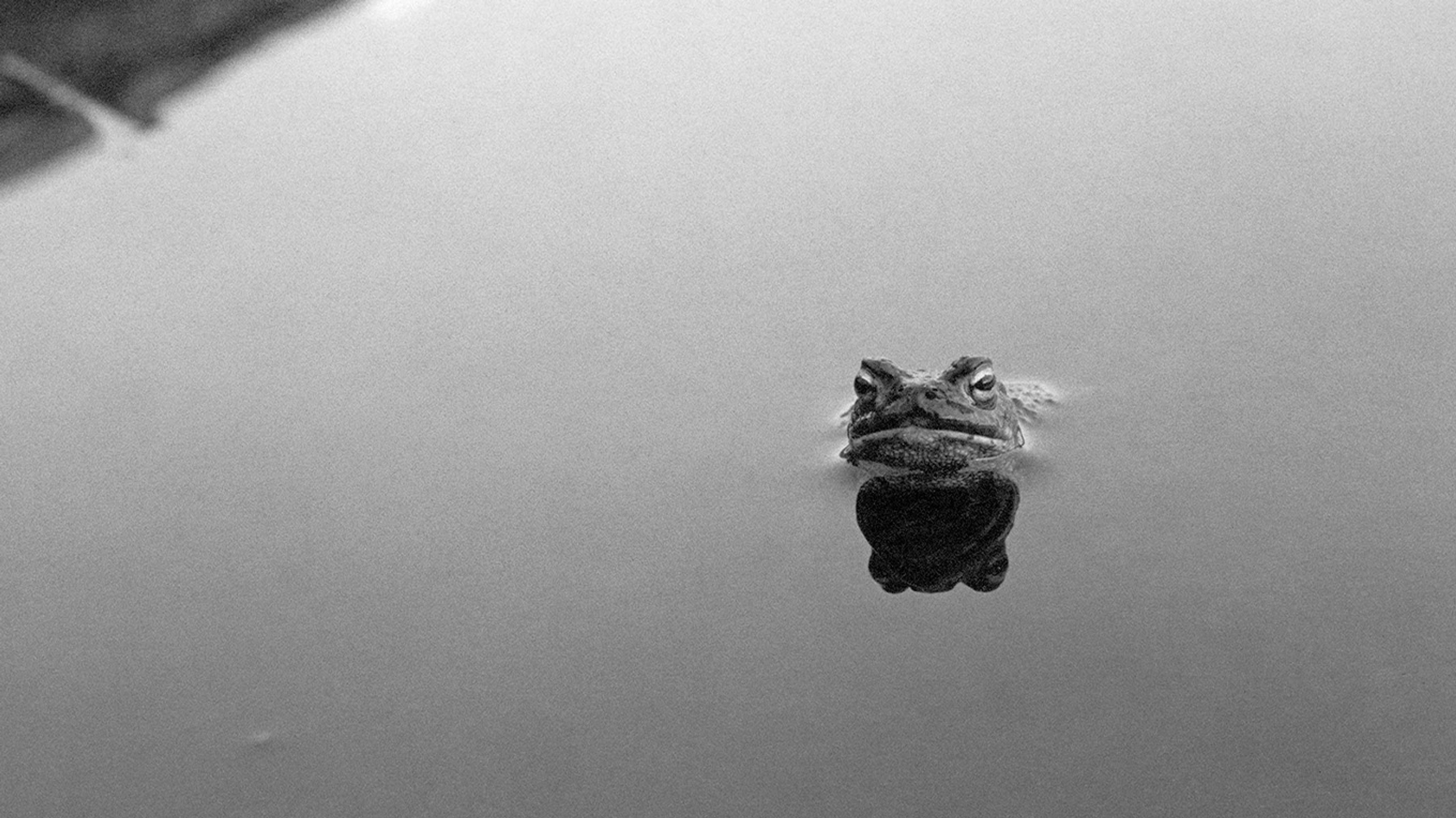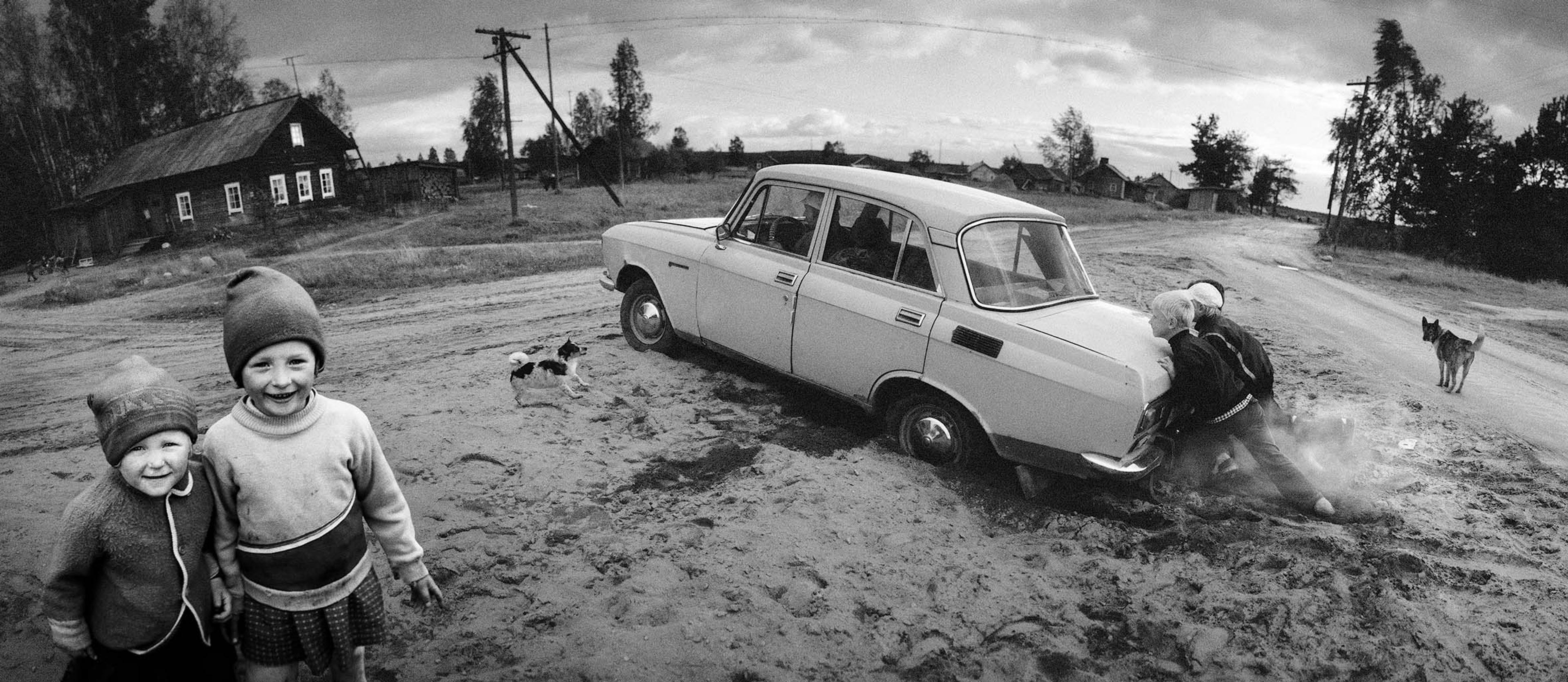Pentti Sammallahti
Distant Land

“In the Eye of the Beholder” is a beautiful saying full of mystery. What is actually in the eye of the beholder, how much of yourself is in every observation you make? And are you aware of how much your interpretation is part of a creation?

A poetic observer
There is a need for mystery in the materialistic Western world. And the work of Pentti Sammallahti meets those needs in the most gentle, humoristic and thoughtful way.
A poetic observer with a unique and inclusive eye to the world around him, recognized as a master craftsman both in terms of the photographic print as well as in mechanical printing methods. Fotografiska is proud to present Distant Land, a major exhibition with the legendary Finnish photographer Pentti Sammallahti, curated by Anna Mustonen.
Pentti Sammallahti, one of Finland’s most recognized artists, is more than a photographer: he is a craftsman, a poet, a traveler, and a master-observer. For over 50 years he has captured the mysteries of nature, in all of its forms across the world, in exquisite imagery in which nature and artifice, reality and fantasy, become indisputably intertwined. And his own innovative printing techniques and reintroduction of the portfolio form has been a major influence for published photographic art.
At a very early age, just nine years old, Sammallahti born in 1950 in Helsinki, Finland decided about his own future as photographer – after his father took him to the group exhibition Family of Man curated by Edward Steichen. Only two years later he made his first photographs featuring everyday life in Helsinki, and begun to exhibit extensively in Finland and throughout the world from the early 70s. Since then, he hasn’t stopped taking outstanding images that are both formally accomplished and filled with melancholic poetry.
“Those great pieces of art that reminds us about the mystic of our existence, that time and place sometimes not matter at all. How we suddenly don’t care whether what we observe is familiar or unknown, we just let it in. To turn our attention internally is an important aspect in our hectic lives. Distant Land gives us perspective of that places that seemed distant actually can be very close”, says Emilie Ackerman, Exhibition Producer at Fotografiska Stockholm.
The major exhibition Distant Land at Fotografiska, curated by Anna Mustonen, displays 200 photographs by the artist and mentor for an entire generation of Scandinavian photographers. It is a fascinating journey to the mysterious land that is both present in the moment and existing in our imagination, that Sammallahti gives the glimpse of with every scene that he captures. His black and white photographs are both proof of Sammallahti’s extraordinary craftsmanship and a formal key to his visual poetry. The interplay between subtlety and humour, impermanence and timelessness is inherent to his black and white photographs whether they are taken in his hometown Helsinki, isolated areas of the Finnish archipelago, or faraway lands: former Soviet republics, India, Nepal, Turkey, or Morocco.
Sammallahti invites us, the observers, to make our own interpretation as well as giving us a smile and perhaps goose bumps, triggered by the feeling of immediate connection with both the artist and what is portrayed. In the eye of the beholder…
“I believe and know there is a lot which connect everything on Earth and of course in this unity has nothing to do with money, status etc...”
the photograph is “given, not taken”
When working Sammallahti appears to share Walker Evans’ sentiment regarding the role of a photographer as a lucky observer for whom the photograph is “given, not taken” based on the pure chance of him having been there to witness the magical moment – who happens to be behind the camera is of lesser significance than the unravelling scene itself.
“I feel like I received the photograph, I didn’t take it. If you’re in the right place at the right time, then all you have to do is push a button. Being a photographer doesn’t come into it. Everything I’ve photographed exists regardless of me, my role is only to be receptive. The most important thing is the luck, behind every good image there is the good luck too”, says Pentti Sammallahti.
With a unique talent for observation, capturing seemingly ordinary scenes from everyday life, that in his lens are lifted to timeless compositions that reminiscent of stills from a monochrome film, or landscape paintings in a scale of grey. These associations are not accidental.
“He is not a documentary photographer or nature photographer, but a photographic artist, using references to music, poetry, literature to influence his work. The language is very poetic, filled with cultural traits that you might not immediately notice. Sammallahti is involved in the entire process of creating a photograph. It starts with the way he composes the work; the art historical references, how he frames the photographs, deciding what to keep and what to leave out of the frame. He develops the photographs himself, with the darkroom as his happy place where he listens to the sound of the solution splashing around, as he is making them. It appears similarly meditative to taking the picture. He is a true artist, working like a painter, and a craftsman – creating everything with his own hands. It’s pretty extraordinary”, says Anna Mustonen.
Whereas there may be an element of lucky encounter when composing the scenes against the backdrop of the desolate landscape, in mist and muted light, there is no room for accidents in processing the final image. Sammallahti prints all his own photographs and his practice is rooted in analogue technique. The resulting photographs may adopt a small, postcard-size format or be printed as large panoramic images. The deep tones and textures reveal his patience and craftsmanship, the qualities that he passed on to his students at the University of Art and Design in Helsinki, where he taught for 17 years until he was honoured a 15-year grant from the Finnish government in 1991 to focus on his own practice.